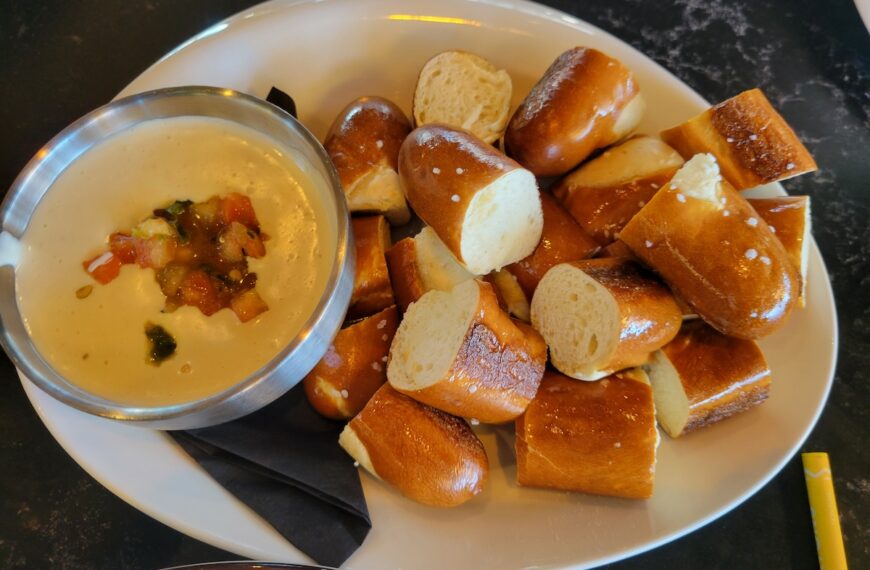
Tastes Like the Beach: Rum 201
If you think all r(h)ums are created equal, you’re wrong.
Josh Duncan, Adrift’s general manager and bar manager, parses the difference between rhum agricole and other cane-sugar juice spirits. (And he offers a cocktail recipe to boot.)
Q: What is the difference in the drinking experience for the consumer?
A: That will depend mostly on the sugarcane itself, and the steps in production of the final product. That being said, here are some general notes that I find for a handful of categories of sugarcane juice distillate.
Rhum Agricole
Tends to be grassy and fresh. It’s often bright and with mild notes of fruit, like pineapple, that quickly dissipate into the stronger “green notes” and some earth. I’ve even had a few that sport notes of black olive, which can be very interesting in a cocktail.
Cachaça
Tends to be fruitier than a rhum agricole, with stronger bright fruit notes like banana and pineapple. The grassy notes seen in agricole are often toned down in cachaça, and the spirit drinks a bit cleaner and easier than French agricole.
Clairin
Varies a lot. Clairin can be dry and funky or a bit on the fruity side. I tend to think of clairin as more of a funk; however, sometimes it’s reminiscent of a Jamaican rum, but with stronger notes of clay, brine, olive, and grass. Clairins that I’ve tried also tend to be distilled and bottled at a higher proof.
Oaxacan Rum
Paranubes is the first Oaxacan sugarcane spirit that comes to mind. However, I recommend that you branch out and explore any that you can find. Paranubes specifically gives me notes of watermelon rind, fresh-cut grass, and a bit of salt.
Talk to us! Email your experiences (and thoughts, opinions, and questions—anything, really) to askus@diningout.com.












Comments are closed.